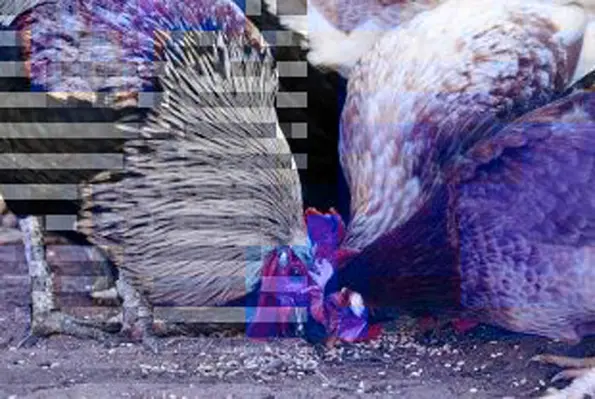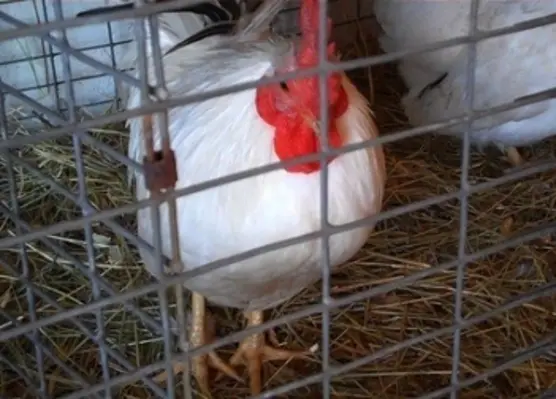
Adherence to good practices during poultry operation can reduce the impact of respiratory disease on the flock. (Image source: wikicommons)
Respiratory disease represents a significant threat to poultry flocks

Adherence to good practices during poultry operation can reduce the impact of respiratory disease on the flock. (Image source: wikicommons)
Respiratory disease represents a significant threat to poultry flocks
The global animal feed additives market was worth US$13.5bn in 2011 and is expected to reach US$17.5bn in 2018, according to a new report by Transparency Market Research
Myanmar has banned imported chicken, beef and mutton, as well as eggs and chicks from China, said an official of Myanmar Livestock Breeding Federation

700,000 birds were killed in India when protesters cut the power to a poultry farm. (Image source: Salt Spring Community/Flickr)
Nearly 700,000 birds died when protesters cut off the power supply to a poultry farm in Vizianagaram district in India, which cut the air conditioning and caused asphyxiation
Authorities in Chinas northwestern region of Xinjiang have culled more than 150,000 chickens following an outbreak of bird flu